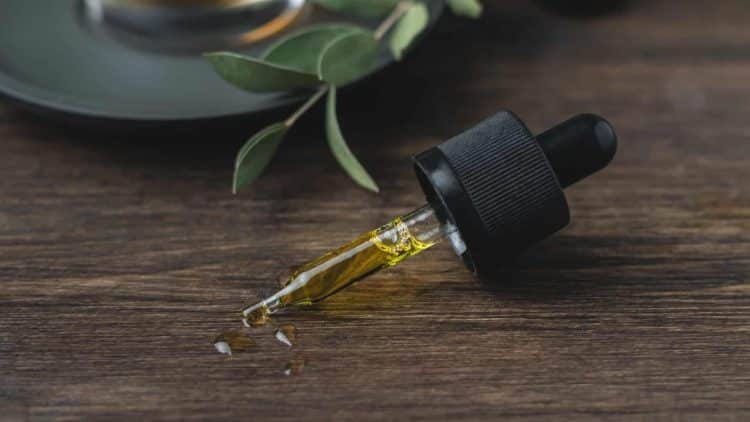As more people are discovering cannabis and diving deeper into different ways to consume the plant, demand for extraction has exploded. Whether you’re looking to produce high quality CBD oils, marijuana edibles, or vape liquids, the need for a dependable extraction machine is clear.
For those unfamiliar, though, the idea of purchasing this costly piece of equipment that will serve as the backbone of your extraction operation is daunting to say the least. While there’s no one-size-fits-all solution, there are a few important points to keep in mind when beginning your search.
Plants and Products
What do you want to make? Sure, the question seems obvious, but it really does make a big difference in choosing the ideal extraction machine. Different machines and methods of extraction excel at producing different extracts and final products. It’s always important to have a plan for your business and the product offerings you’re looking to bring to market first.
Generally, hemp extraction is more of a volume business, meaning you’re going to be looking more for extraction speed than the utmost quality. In contrast, people are more willing to pay up for high-end marijuana products that preserve terpene profiles. In that instance, you might want a slower, more delicate extraction process.
The actual extraction method comes into play here too. The extraction of hash is different than extracting rosin. Extraction for oils is not exactly the same as it is for shatters or crumbles. Of course, machines are tailor-made for certain processes and products, so your end goals are key.
Solvents vs. Solventless Extraction
Extraction methods differ by product, but there are also different ways to produce the same products. This mostly holds true for oils and distillates. Most extraction is done using a solvent to pull the desired compounds out of the cannabis plant. The types of solvents differ and each has its own upsides and downsides to consider.
Ethanol extraction is a quick and inexpensive extraction method, but it damages secondary compounds found in the plant, like terpenes. Still, it’s considered relatively safe because it doesn’t leave behind chemical residues.
Carbon dioxide extraction is another popular method because of its relative safety. It also doesn’t destroy secondary compounds like ethanol does. Unfortunately, carbon dioxide is much slower and more expensive.
Some cannabis extractors use hydrocarbons, like butane gas, as solvents. Hydrocarbons produce quality products, like carbon dioxide, but much more quickly. Of course, hydrocarbons are dangerous, flammable chemicals, making safety both of the end user and the staff doing the extraction a concern.
Finally, you’ll find solventless extraction methods. Usually, these are reserved for solid products like hash and kief, where your goal is more to mechanically break down and separate parts of the plant, but they’re also used for creating rosin. While solventless extraction is the safest, it’s also much slower than the solvent-based methods.
Training, PPE, and Lab Configuration
It’s also important to consider the practical implications of your cannabis extraction machine. What will your lab look like operating in the day-to-day? How will your employees be trained? What equipment will they need to stay safe? Are there any safety regulations that you’ll need to follow? Before you decide on a machine, you should know the answers to all of those questions.
The type of extraction you choose will play a major role in both your lab configuration and the precautions that you’ll need to take. For instance, if you choose hydrocarbon extraction, you’ll need to account for large quantities of flammable materials and configure your lab in compliance with safety regulations for these potentially combustible materials. In contrast, if you’re making live rosins with a solventless extraction method, you won’t need to take nearly as many safety precautions.
Consider the amount of training required for your staff as well. Added complexity will equate to more training, more opportunity for mishaps, and more difficulty should you need to hire. Your staff is also going to need personal protection equipment (PPE) when operating the machine. That’s a cost you’ll need to take on. Again, the greater the safety concern, the more investment you’ll need to make.
Quality Standards
Because cannabis extracts are products that people will ultimately consume, there are several organizations that certify extraction equipment based on their quality standards. These certifications can help you be assured that you’re getting a reliable machine that will produce consistent and safe products.
The first, and probably most obvious, certification to look out for comes from the US FDA. Not only is the FDA the central authority in the US for guaranteeing food and drug safety, they’re also the most recognizable to potential customers, and their standards are held across all relevant industries. Even if you don’t look out for any other certifications, make sure the FDA verified the machine.
You can also find machines certifications for 3A sanity standards, current Good Manufacturing Process (cGMP), the American Society of Mechanical Engineers (ASME), and Engineer Peer Reviews (EPR), all of which will boost the trustworthiness of your machine and the products it produces.
Resources:
1- Buying cannabis extraction equipment. Precision Extraction. 2020. https://precisionextraction.com/2020/10/buying-cannabis-extraction-equipment/
2- Cannabis oil extraction machine: the complete buying guide. SaintyCo. https://www.saintytec.com/cannabis-oil-extraction-machine/
3- Cannabis and hemp oil extraction equipment guide. Delta Separations. https://deltaseparations.com/the-ultimate-guide-to-cannabis-oil-extraction/extraction-equipment-guide/
4- MJBizDaily buyers guide cannabis extraction. MJBizDaily. https://mjbizdaily.com/wp-content/uploads/formidable/47/MJBizDaily_BuyersGuide_CannabisExtraction.pdf












